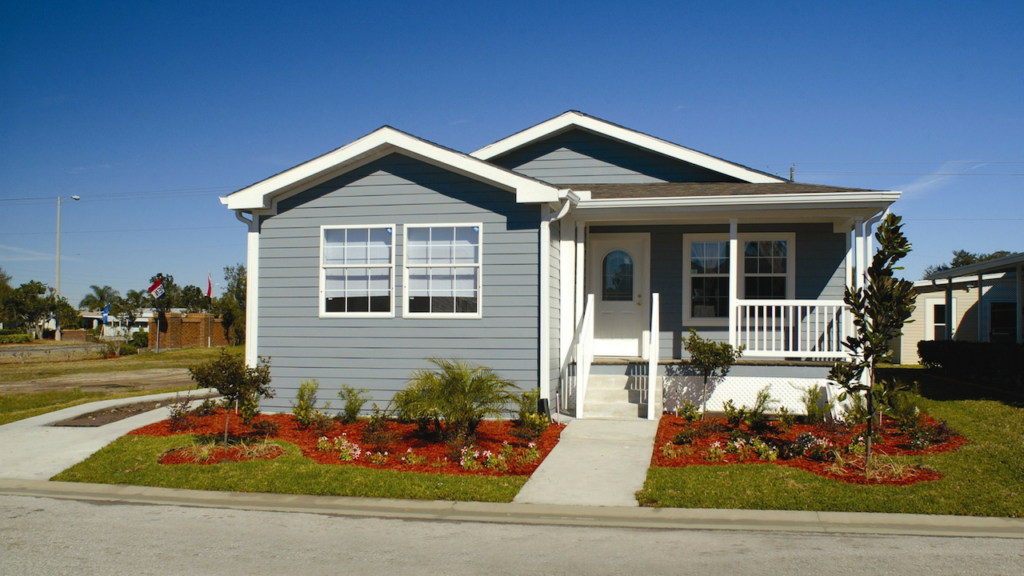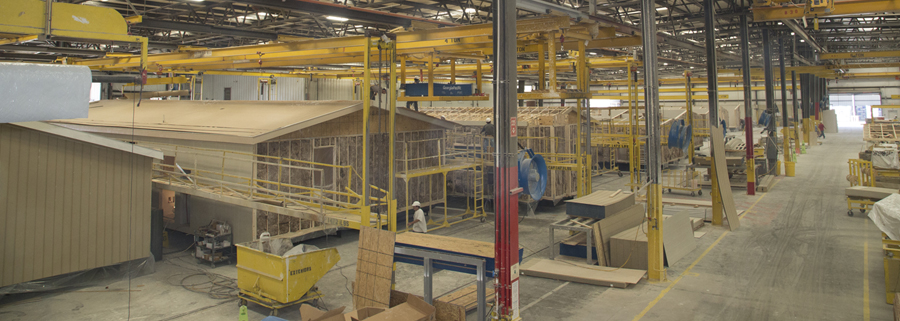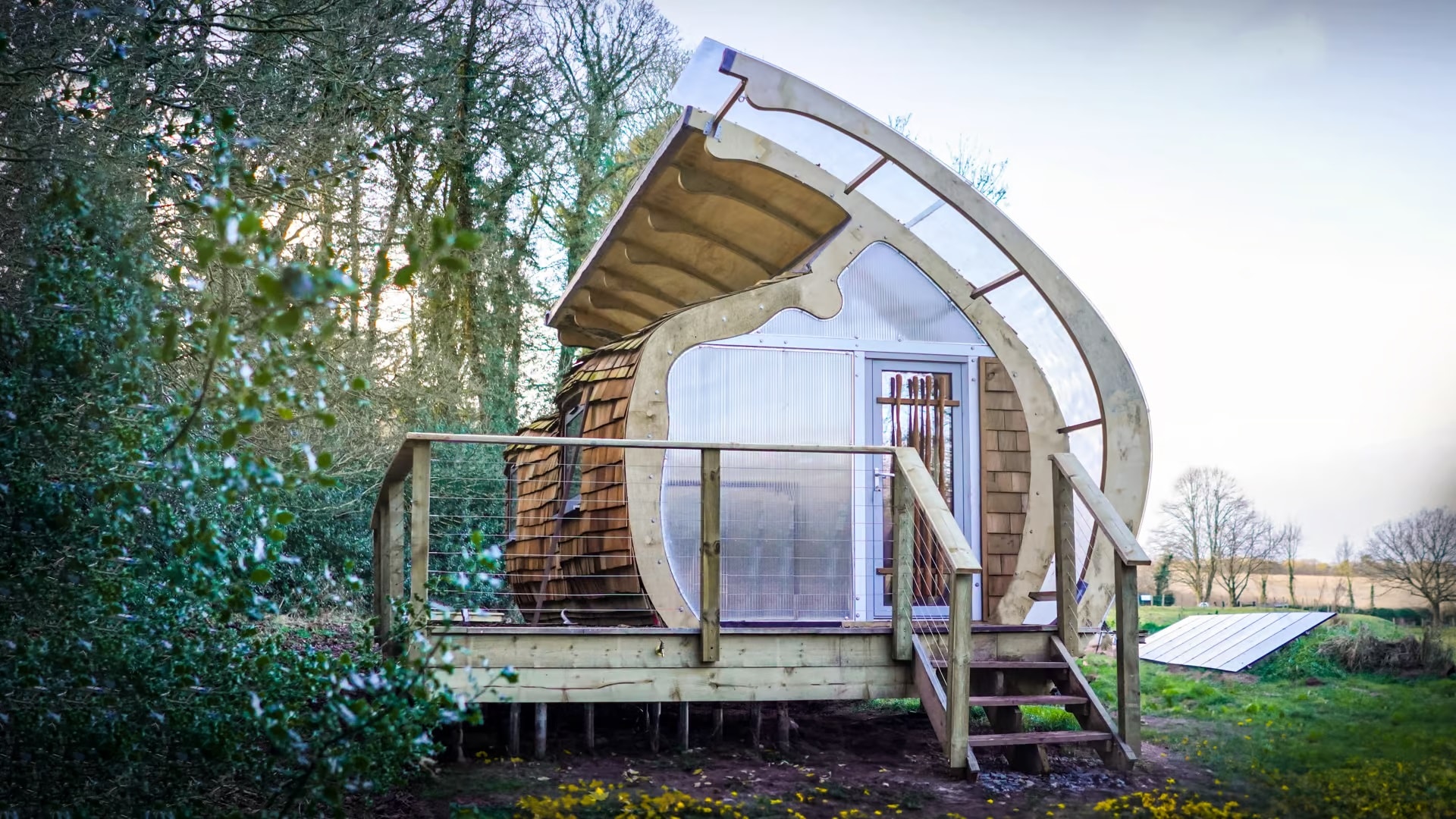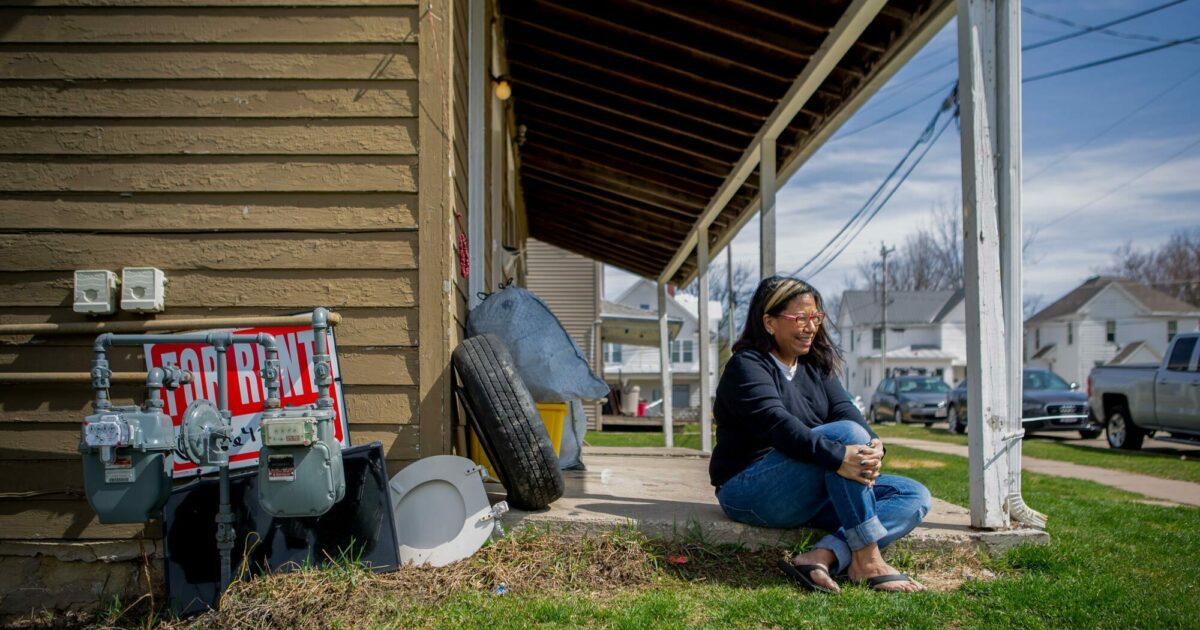The build-to-rent (BTR) housing market is booming. In the United States, the number of BTR units under construction or in the pipeline increased by 50% in 2021, and is expected to continue growing at a rapid pace in the coming years.

There are a number of factors driving the growth of the BTR market. One factor is the rising cost of homeownership. The median home price in the United States has increased by more than 30% in the past five years, making it out of reach for many potential homeowners.
Another factor driving the growth of the BTR market is the increasing popularity of renting. More and more people are choosing to rent, rather than buy, a home. This is due to a number of factors, including the flexibility of renting, the lack of a down payment requirement, and the fact that renting can be more affordable than owning in some cases.
The growth of the BTR market is having a significant impact on the residential real estate market. As more and more people choose to rent, the demand for owning single-family homes is decreasing. This is leading to a decline in home prices and is beginning to make it more difficult for home builders to sell homes.
The BTR market is also having an impact on the rental market. As more and more BTR units come online, the supply of rental units is increasing. This is putting downward pressure on rent and is making it more affordable for people to rent a home.
The growth of the BTR market is a positive development for the residential real estate market. It is making homeownership more affordable for people, and it is providing more rental options for people who want to rent a home.
The Impact of Rising Interest Rates on the BTR Market
The recent rise in interest rates is having a mixed impact on the BTR market. On the one hand, higher interest rates are making it more expensive to build and finance BTR projects. This is leading to some developers delaying or canceling projects.

On the other hand, higher interest rates are also making it more expensive to own a home. This is driving some people who would otherwise buy a home to rent instead. As a result, the demand for BTR units is still strong, even though the supply is increasing.
Overall, the impact of rising interest rates on the BTR market is still being felt. It is too early to say what the long-term impact will be.
The Future of Manufactured Homes on the BTR Market
The future of the BTR market is bright. The market is expected to continue growing at a rapid pace in the coming years. This growth will be driven by a number of factors, including the rising cost of homeownership, the increasing popularity of renting, and the aging population.
Manufactured housing, those homes built to the HUD code, are becoming a riding contender in BTR. Instead of manufactured homes being relegated by zoning to only certain areas, BTR developers are discovering they can easily change large parcels of undeveloped land into BTR communities filled with HUD code manufactured homes and Cross Mods.
The BTR market is still in its early stages of development. However, it is clear that the market has the potential to revolutionize the residential real estate industry.

Manufactured housing is a good option for build-to-rent developers because it offers a number of advantages over traditional stick-built construction, including:
Speed: Manufactured homes can be built much faster than traditional stick-built homes. This is because they are prefabricated in a factory, and then assembled on-site. This can save developers a significant amount of time and money.
Affordability: Manufactured BTR homes are often more affordable than traditional stick-built homes. This is because labor costs are usually lower in the areas the factories are located. They are also often made with more efficient materials, which can save developers money on energy costs.
Flexibility: These homes are more flexible than traditional stick-built homes. This is because they can be customized to meet the specific needs of developers and renters. For example, developers can choose from a variety of standard floor plans and finishes.
Durability: Manufactured homes are built to withstand the elements and last for many years. They are subject to the Federal HUD building codes and regulations which means that developers can be confident that their manufactured homes will be of high quality.
Demand: The demand for manufactured homes is increasing, as more and more people are looking for affordable and convenient housing options. Developers who build with manufactured homes can be confident that they will be able to find renters. It also means that with significantly more production facilities nationwide than other types of offsite housing, they can supply a growing need of the developers.
Overall, manufactured housing is a good option for build-to-rent developers who are looking for a fast, affordable, and flexible way to build housing.
Gary Fleisher, the Modcoach



